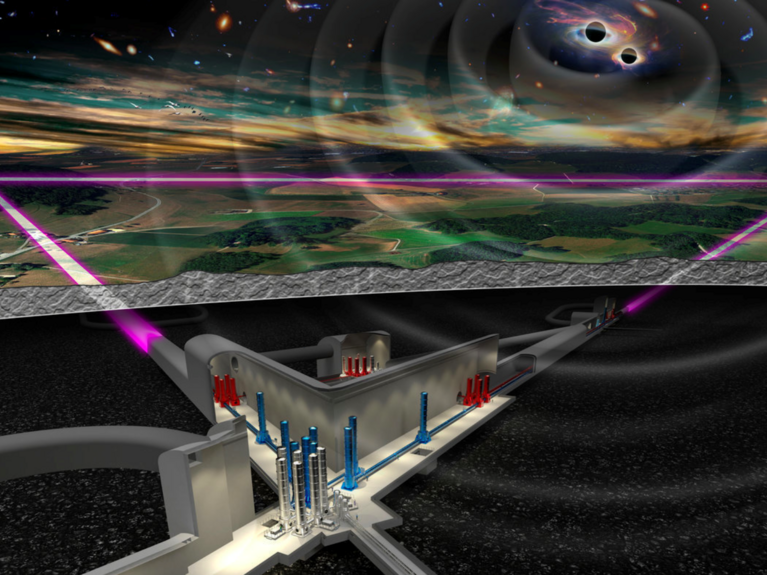
Challenge #71
Using gravitational waves to better understand the cosmos.
With the help of gravitational waves, we are exploring some of the most mysterious phenomena in the universe, such as dark matter and black holes.
Participating centers
Gravitational waves tell us about colliding neutron stars, merging black holes, and other cosmic catastrophes. The tremors of space-time make the invisible visible and provide previously inaccessible information. This is why we observe gravitational waves very closely in the still young discipline of multimessenger astronomy, an advanced approach combining the informative power of very different astronomical information carriers, such as neutrinos, space particles, and cosmic rays.
The study of gravitational waves offers scientists the opportunity to investigate the building blocks and interactions of matter in order to better understand the formation of black holes, and possibly even to track down the mysterious dark matter. At the Helmholtz centers GSI, DESY, KIT and HZDR, we also work on the detection and theoretical interpretation of gravitational waves. To this end, we reproduce stellar collisions on a laboratory scale in accelerator experiments and develop novel gravitational wave instruments. Working step by step, we want to solve the riddles of the cosmos and discover new surprises.
(Photo: NIKHEF)